When it comes to purebred off-road vehicles, many friends who like off-road vehicles may immediately think of the “Three Musketeers off-road”. Mercedes-Benz G-Class, Land Rover Defender, and Wrangler. But when it comes to the true off-road king. It is estimated that you are not a hardcore off-road enthusiast, and you should not be familiar with the Mercedes-Benz Unimog. In fact, Unimog has always listed itself as a truck, maybe it really doesn’t want to “bully” those small cars. We can hardly see the Unimog on the streets of China, because it is a special vehicle. When you are still driving your own SUV and thinking about whether it will support you when you get off the curb, the Unimog should be doing exploration operations in the deserted wilderness. Today I will take you in-depth look at this legendary all-round car.
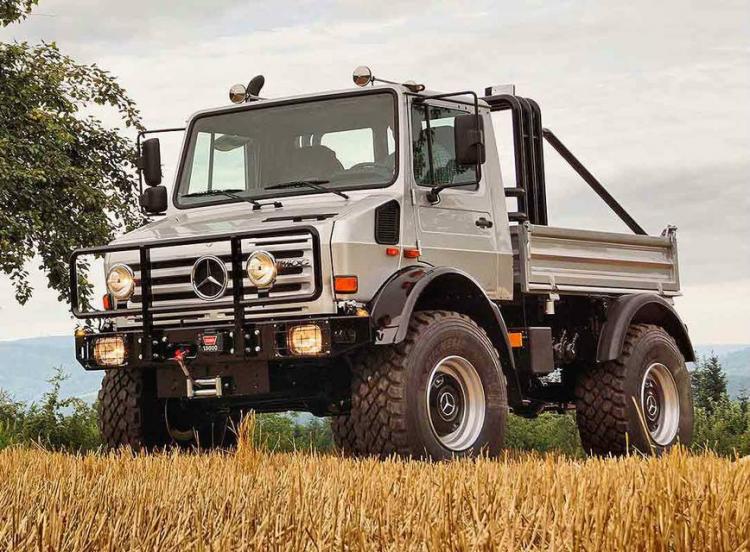
Developed in the difficult years following World War II, the Unimog remains one of the rare living legends of automotive engineering. For decades, Unimogs all over the world have proven themselves hardy and versatile. According to incomplete statistics, up to now, Unimog has produced and delivered 380,000 units and has gone through 26 product series, but it always has a long-lasting design concept: four wheels, the same size, and portal axles equipped with front and rear differentials. Lock, full-time four-wheel drive provides extreme off-road capability, compact body, can carry a variety of work tools.
First of all, let’s take a look, where is the strength of the Unimog?
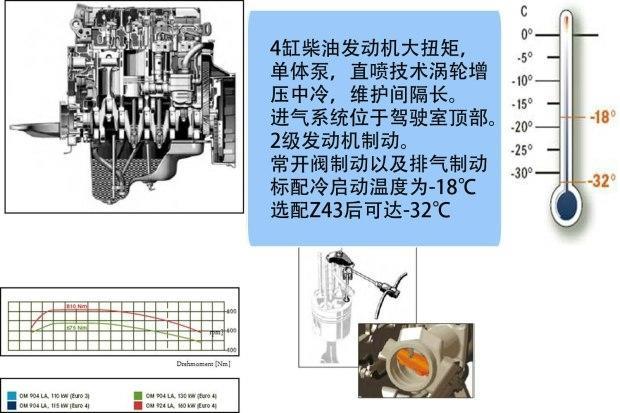
The first is the power system of the Unimog. The engine of this car is not very different from that of ordinary trucks. The U4000 and U5000 models have a maximum power of 130 and 160 kilowatts, a maximum horsepower of 177 and 218 horsepower, and a maximum torque of 810 Nm.
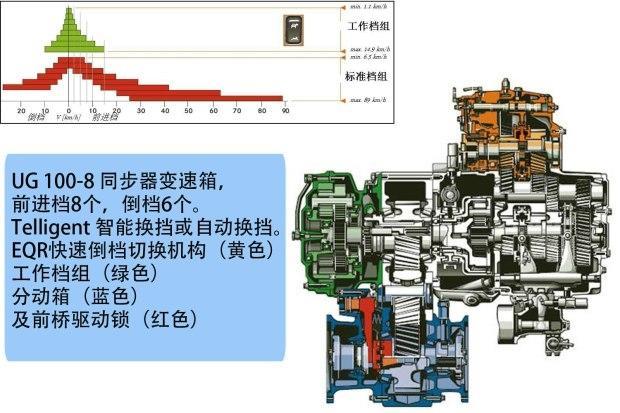
Starting from the gearbox, the Unimog is different from other trucks. 8 forward gears, 6 reverse gears.
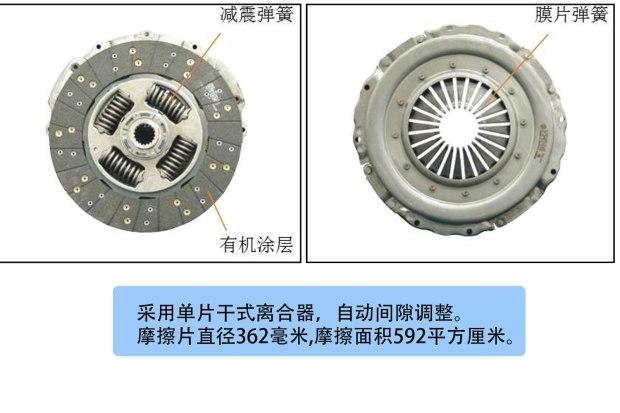
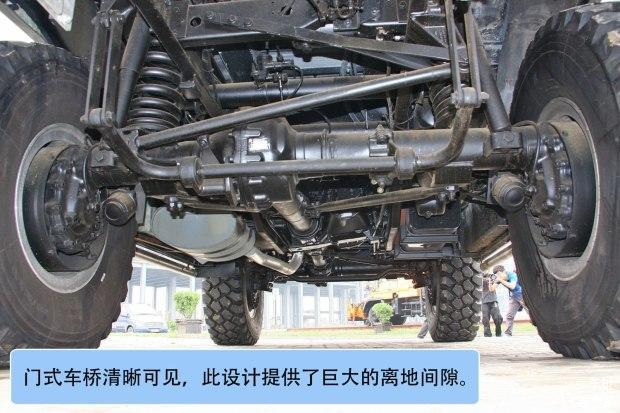
Generally, the axle of a truck is either on the same level as the centerline of the wheel, or lower than the centerline of the wheel, but the portal axle design adopted by the Unimog makes the centerline of the axle higher than the centerline of the wheel. The minimum ground clearance of the body has been increased.
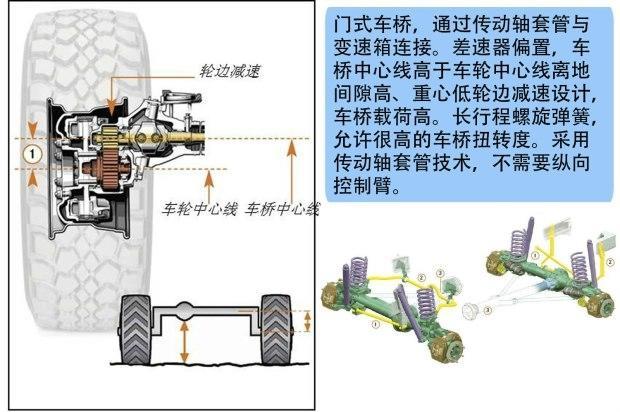
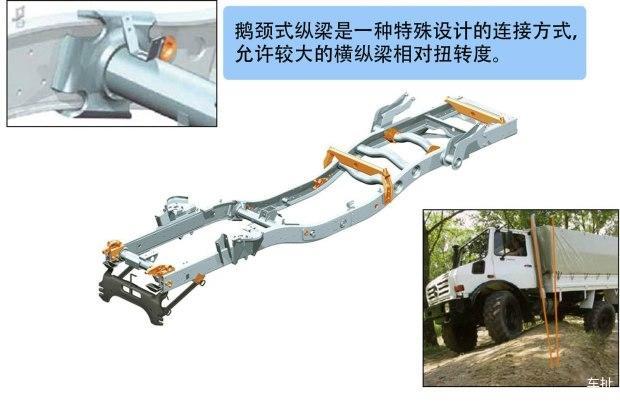
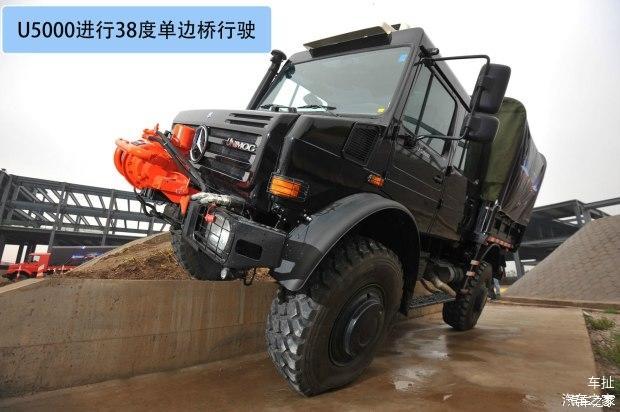
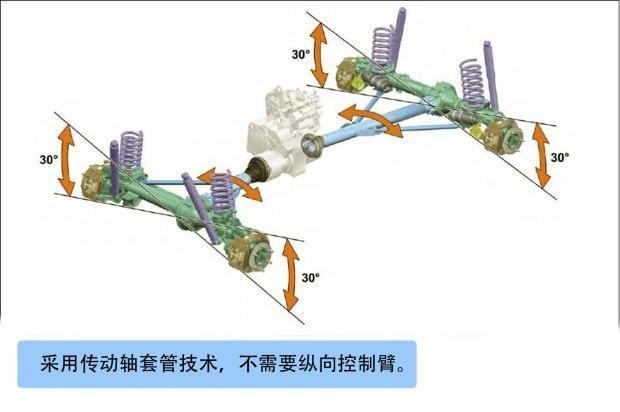
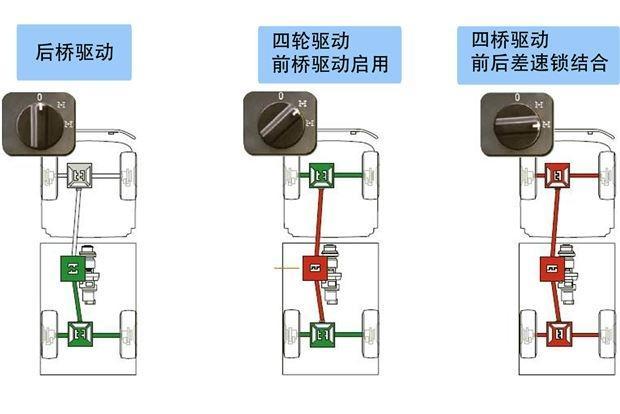
Three differential locks have always been the classic weapon of Mercedes-Benz
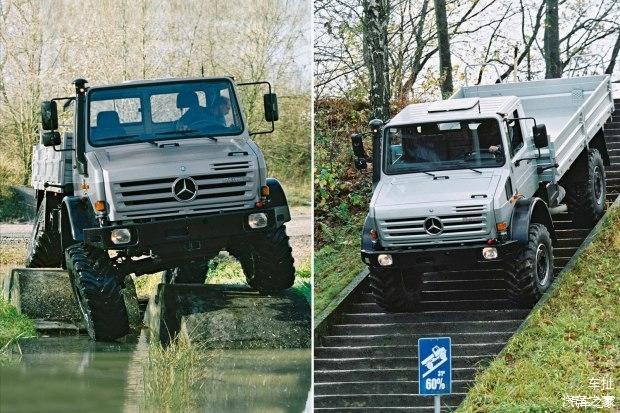
I noticed that during the test ride, the driver manually opened the differential lock every time before going uphill and downhill.
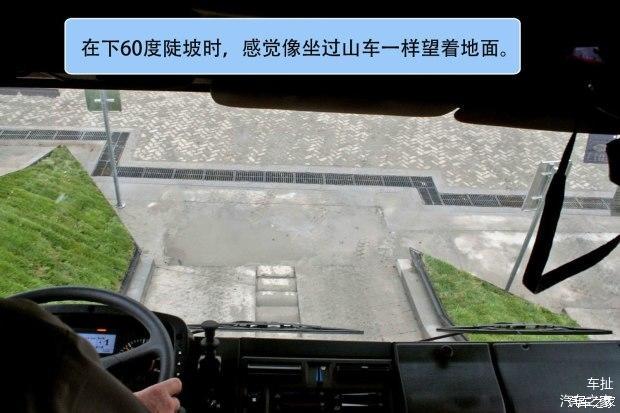
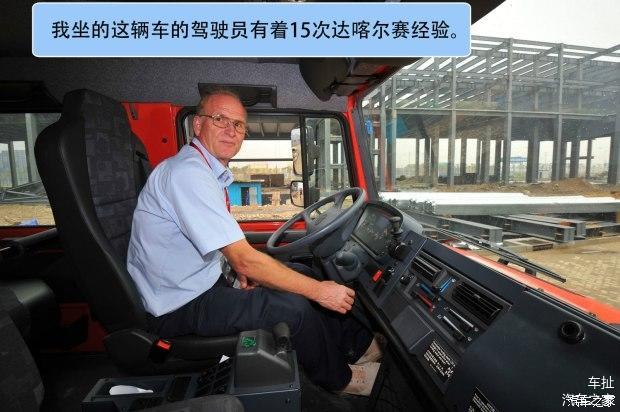
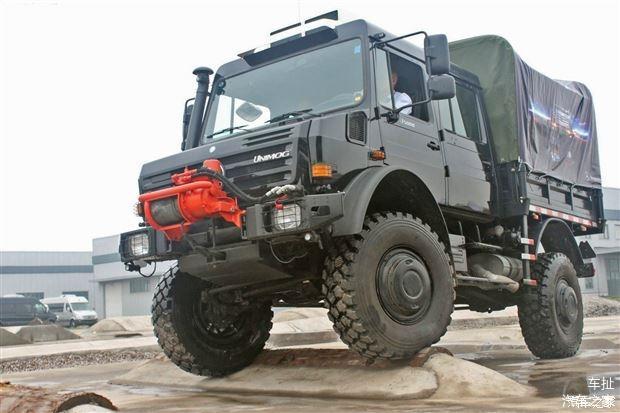
An ordinary SUV must not pass through obstacles of this height in a straight line, otherwise it must be underpinned. And the Unimog passing through these heights is just hors d’oeuvres. The portal axle design ensures that the vehicle has a high ground clearance (490mm) when crossing obstacles.

Strong approach angle, departure angle, and wading ability.

The standard wading depth is 80CM, the transmission shaft sleeve, the air inlet is located on the top of the cab, the ground clearance is high, the viscous coupling fan is driven by a V-belt, the parts and electrical components are protected against water, and the enhanced wading system is 120CM. Improved air pressure compensation for axles, gearboxes, drive shaft casings, brake systems, etc., waterproof headlights, wheel hubs, and brake seals.
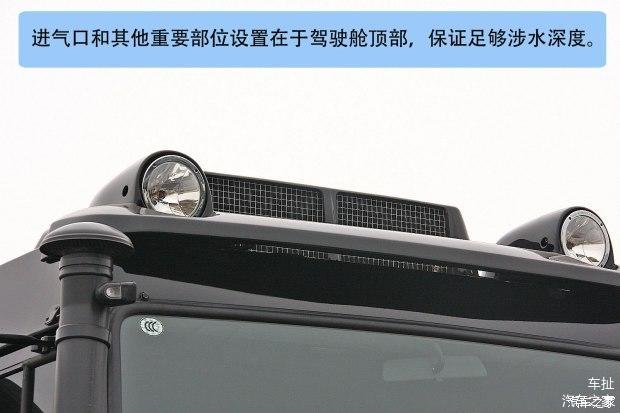
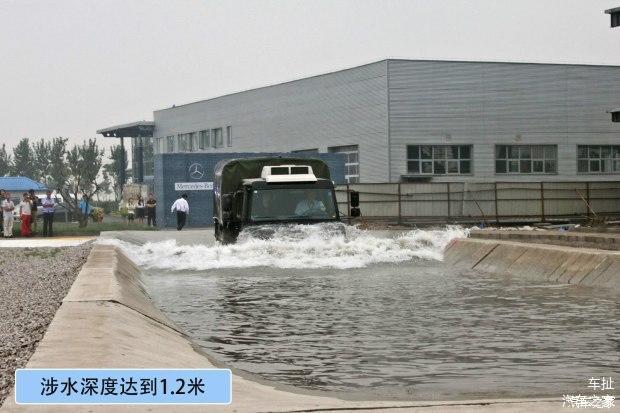

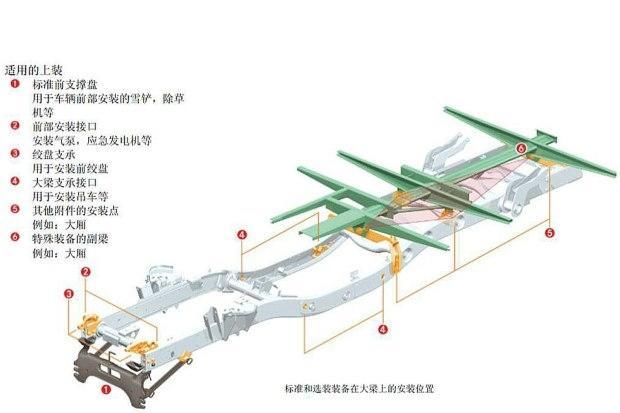
What I have to mention is the design of the bodywork of the Unimog. I said before that the chassis of the Unimog can be twisted, which has achieved super off-road capability. This design of the bodywork can make the body completely independent of the chassis. torsion effect. That is to say, the chassis and the body can be regarded as two separate parts. This design has less impact on the upper part of the body than a general non-load-bearing body.
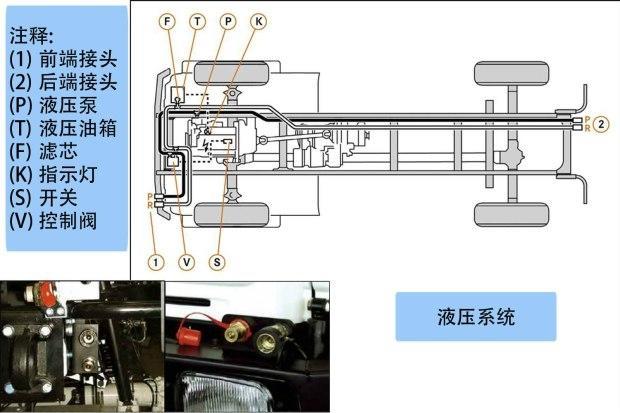

Two power take-offs can provide power for additional equipment on the vehicle.
The two oldest Unimogs:
It has been more than 60 years since the Unimog was born. The combined “age” of the two oldest Unimogs still in use today is over 100 years old. They all belong to the earliest model series of the Unimog— —U2010 and U30 Pullman .
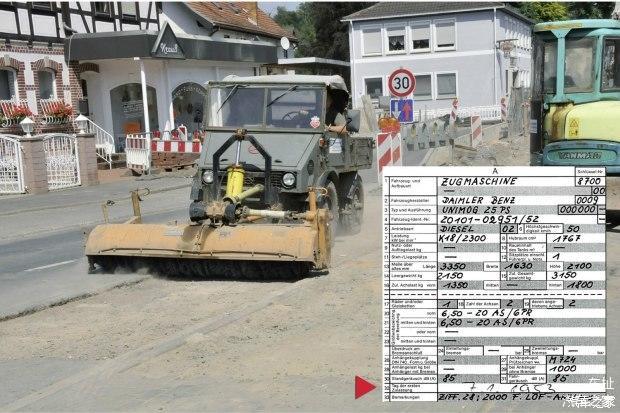
The U2010 is the oldest Unimog still in use. It was produced at the Gaggenau factory in 1952 and is still in service today at a construction company in Hessen, Germany. The classic car’s first owner registered it in 1953. Later, the Unimog was resold, mainly used for hauling wood, but also as a hunting vehicle. Twenty years ago, a construction company located on the Rhone River in Germany bought this U2010 from the previous owner and became its third and current owner. Today this Unimog with the front sweeping head is used to clear barricades on construction sites and is quite possibly the oldest Unimog still in commercial use. The 56-year-old Unimog, which still retains its original 1.7-litre Mercedes-Benz four-cylinder diesel engine, has a top speed of 50km/h and can work 200 to 300 hours a year.
Another U30 Pullman, which was born 10 years later than U2010, also inherited the mantle of the Unimog family very well. It once made great contributions to the construction of the landscape road on the famous Felber Ridge in Salzburg, Austria. It has recently come back into the limelight again.
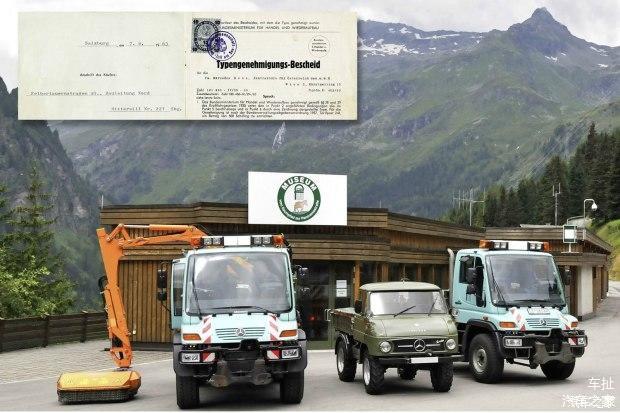
The Felber Ridge Parkway Company has been responsible for the construction of the 36 km north-south Alpine landscape road between Salzburg and Matt Erde since 1961 and the 30 km of service roads required to maintain it . In 1963, they bought the classic U30 Pullman, and since then they have also become one of the most loyal customers of the Unimog in Austria. “We’ve had two Unimogs on the job since 1967,” says the company’s executive. He believes that the Unimog has always been the company’s obvious choice due to its excellent universal fit.
Brief history of Unimog:
In 1945, the design sketches of the Unimog were released.
Daimler-Benz started production in Gaggenau, Germany in 1951.
In 1955, the Unimog S series rolled off the assembly line.
In 1963, the Unimog mid-size series 406 came out.
In 1974, the heavy-duty series models were launched.
1992 The new Unimog 408/418 series for year-round, 24/7 operation.
In 2000, a new generation of Unimog U300, U400 and U500 implement carrying series came out.
In 2002, the Unimog production line was moved from the Gaggenau factory to the Walter factory. At the same time, the Unimog off-road king U3000-U5000 series was put into production at the Walter factory.
In 2006, U20, the youngest model of the Unimog family, was unveiled and launched in 2008.
In 2011, the Unimog 60th Anniversary Concept Car was launched to commemorate the 60th anniversary of the Unimog being put into production at the Gaggenau factory.
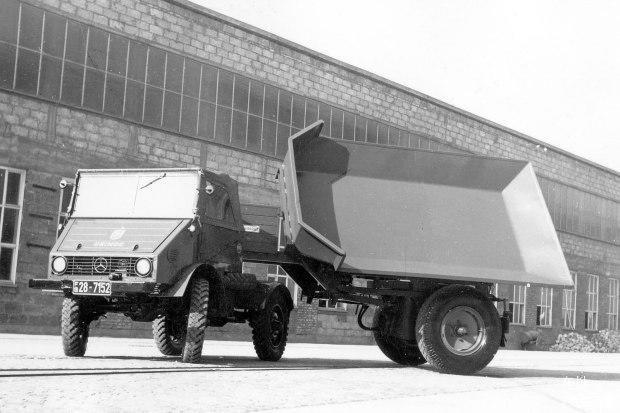
U402 tractor
After Mercedes-Benz took over the Unimog, new products were developed quickly. The 401/402 series were produced in 1953-1956, replacing the earliest products of Mercedes-Benz, the 2010 series.
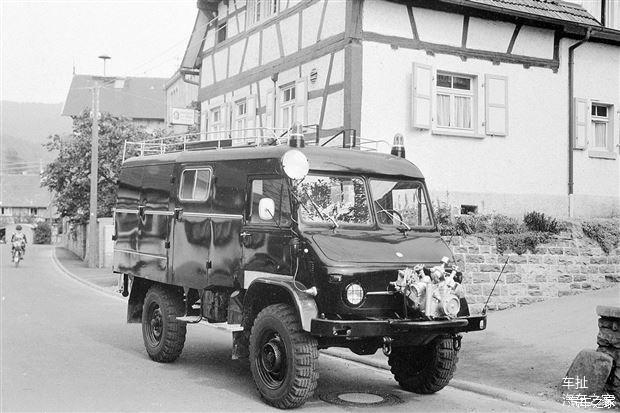
U404 fire truck
Produced between 1955-1980, the 404 series is one of the most popular Unimog series, with a total of 65,000 units produced. Its excellent off-road mobility makes it widely used in fire services around the world.
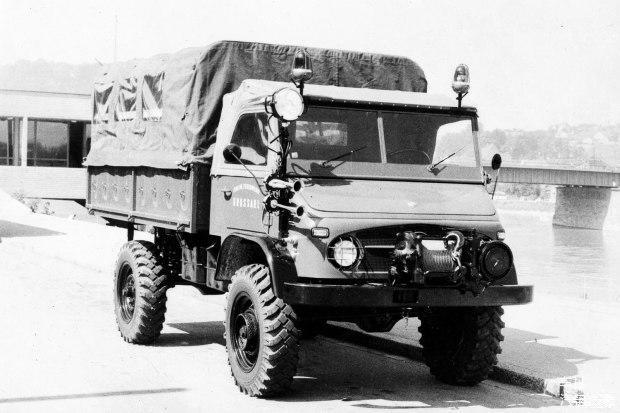
U2432
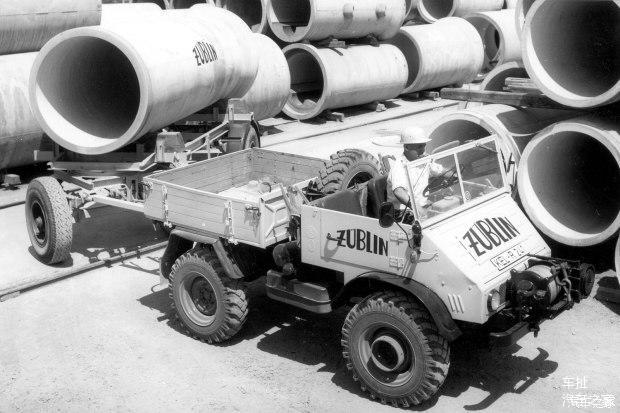
U411 tractor
The 411 series manufactured between 1956-1974 still retains the most original and typical Unimog appearance, which is widely used as a powerful and flexible tractor all over the world.

U411 Thornkaat
From the sixties onwards, almost all Unimog series have had tractors. They can be equipped with various tops (tops are the brackets on which the body is mounted on the frame), such as the 411 series in the picture that can be converted into a sweeper.
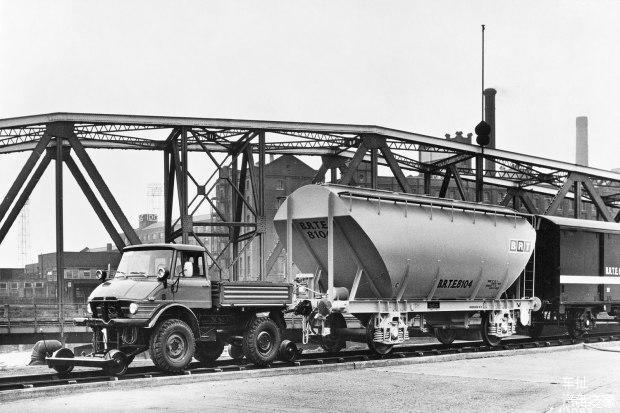
Road and rail dual-purpose U406
The 406 series was manufactured between 1963-1989. This series, with its more powerful engines, opened up new possibilities for the Unimog’s use – for example as an all-rounder road-rail vehicle.
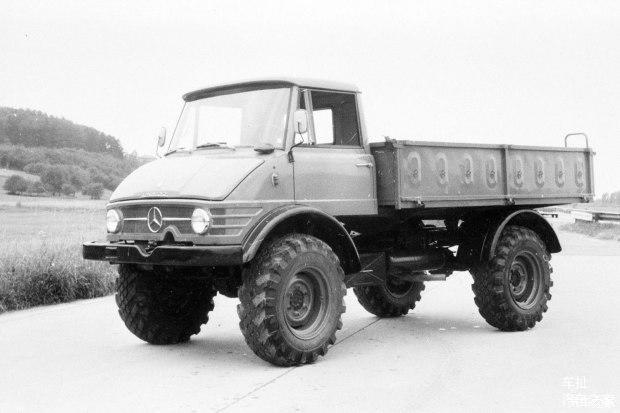
U416 diesel type
As an alternative to the petrol-equipped 404 series, from 1965 to 1989, the 416 series was also produced with a diesel engine, which was mainly used for highly bumpy off-road driving.
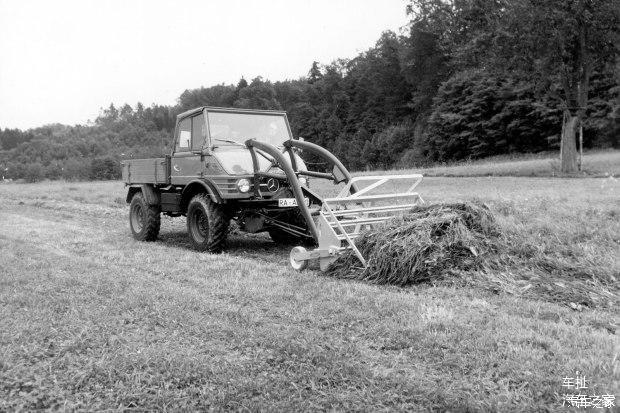
U421 for front load implement
The 421 series was manufactured between 1966-1989, and a variety of optional tools make it widely used in various jobs.
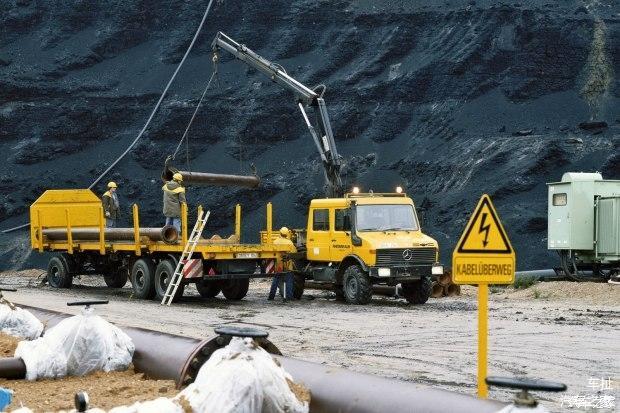
U427 with double cab and crane
The angular cabs of the 424/425/427/435 and 437.1 series define the Unimog to this day. From 1975 to 2002, they have been continuously improved. A variety of wheelbases, engine power and cab designs have enabled the Unimog to precisely meet the different needs of customers.

U408 RV
The Unimog 408 series was manufactured between 1992 and 2001. Like all other Unimogs, the 408 series is widely used for off-road accommodation in extreme conditions.
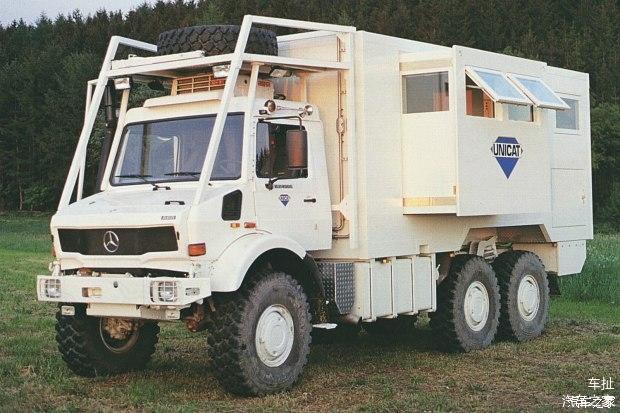
U2450L 6×6 RV
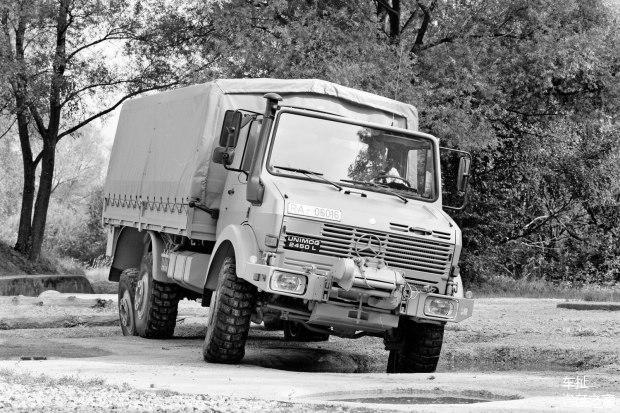
U2450L 6×6 three-axis version (1995-2002)
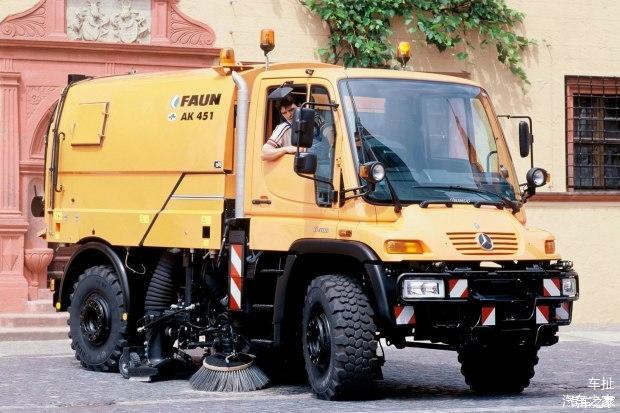
U405 cleaning car
The 405 series has been in production since 2000. As a professional tool cart, it can be used all year round. The Unimog has always been the first choice for economy and efficiency due to the wide range of included tools and fields of application.

The youngest Unimog product U20
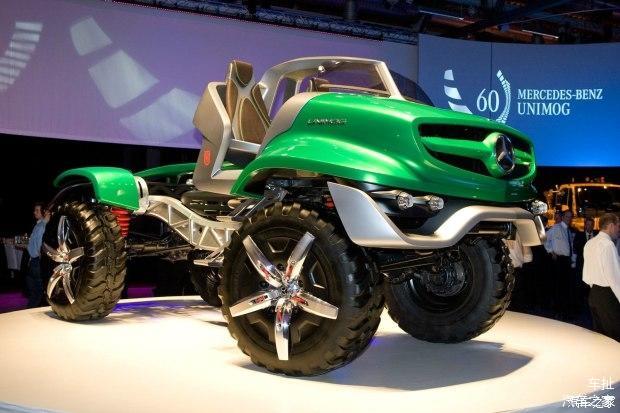
Unimog 60th Anniversary Concept Car
On June 3, 2011, to commemorate the 60th anniversary of the Unimog production at the Gaggenau plant, Mercedes-Benz unveiled its Unimog 60th anniversary concept car at the Walter plant. Based on the U5000, this concept car continues the unparalleled off-road performance of the Unimog, and is equipped with an open cab.
Summary: To say that the Unimog is powerful, it is not like many supercars or other types of cars. Just by looking at its appearance, you can know how powerful it is. When I interviewed Mr. Zhang Wubin, Vice President of Sales of Mercedes-Benz Trucks, he said: “Many people will ask why this car is so expensive when they see the Unimog and know its price, but when they see the Unimog Once you start moving, you will know the answer.” Indeed, only if you actually use it or have the opportunity to sit in it and witness its off-road capability, you will know that it is really worth the money. And the value preservation of this type of car is quite high, just like the Mercedes-Benz G series, its appearance has not changed much over the past few decades. Those who love it will always love it, and those who don’t like it will certainly despise it. This is a classic.
Source of text and pictures: Checha




